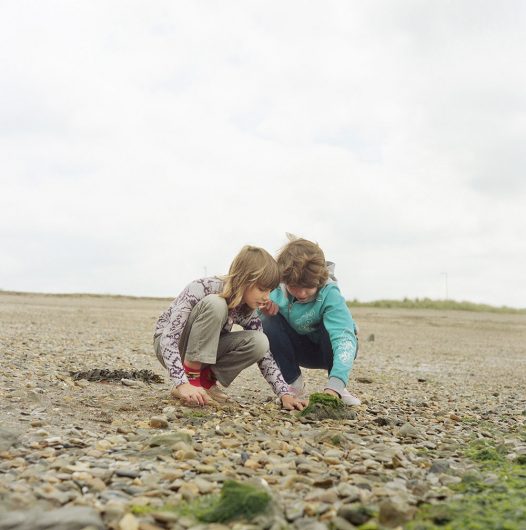Rehabilitation for Children Affected by Chernobyl

“SOS appeal. For god’s sake, help us to get the children out.” This was the fax received by Chernobyl Children International founder Adi Roche in 1991.
Around 70 percent of radiation from the Chernobyl disaster fell on the country of Belarus. Thirty years later, 1.7 million people in Belarus live in poverty. Children in Belarus are 1.5 times more likely than the average citizen in the country to experience poverty and represent the poorest sector of the impoverished population. Chernobyl Children International was founded to close this poverty gap and assist the children in Belarus and other affected countries.
Because of CCI, children affected by Chernobyl are able to benefit from multiple advocacy programs. The Homes of Hope program offers adolescents a chance to find placement in homes that free them from institutionalized living. It is not uncommon for a teen to be moved to an adult mental asylum upon reaching 18 as a result of psychological disorders caused by radiation poisoning. Homes of Hope equips young adults with life training skills and vocational education.
Another program supported by CCI sets up volunteer families in Ireland to care for children affected by Chernobyl, allowing the children to live temporarily in an environmentally safe area. The initiative provides children with the opportunity to take a few weeks to escape the living conditions of a toxic environment.
Another organization, the Chernobyl Children’s Lifeline, works to provide healthcare support to children in Belarus and Ukraine and provides recuperative breaks in the U.K. for affected children. It is estimated that breaks such as these can prolong a child’s life for up to two years and lower physical radiation contamination levels by 30 to 50 percent. Perhaps most importantly, the children return home with the reminder that the rest of the world cares about them.
Water contamination and radioactive elements in soil continue to wreak havoc on living conditions and are poised to affect generations to come. In addition to radioactive contamination, people in Belarus, Russia and the Ukraine experience poverty, displacement and insufficient healthcare.
Foundations such as CCI and CCLL provide valuable assistance to rehabilitation efforts in the aftermath of the Chernobyl disaster. These efforts are important reminders to Chernobyl victims that they are not forgotten.
– Amy Williams
